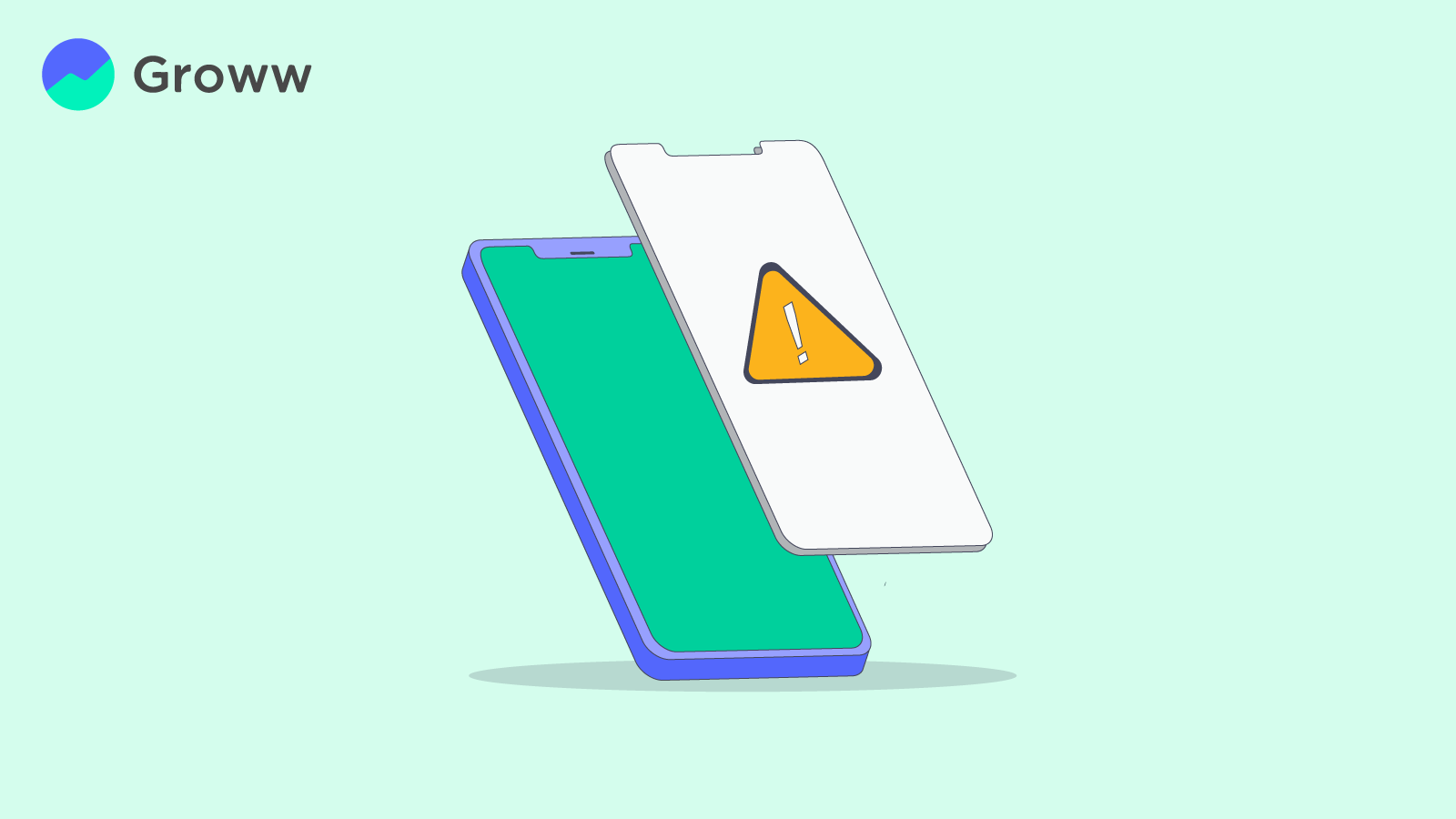How to Prevent Fake Payment Screenshots Fraud

With the rise of digital payments and online transactions, a new type of fraud has emerged—fake payment screenshots. These fake screenshots are often used to deceive individuals and businesses into believing that a payment has been made when, in fact, no money has been transferred.
This guide will walk you through how to prevent fake payment screenshots and protect yourself or your business from falling victim to this scam.
Understanding Fake Payment Screenshots
Fake payment screenshots are manipulated images or digitally created documents that falsely show a successful payment. These screenshots are often used when a buyer or customer claims to have paid for goods or services. The seller, seeing the "proof" of payment, might proceed with delivering the goods or services without actually receiving the payment.
The ease of creating such fake screenshots has increased with the availability of various image editing tools and apps that allow users to alter payment details, dates, and amounts. These fraudulent activities can lead to significant financial losses and damage to a business's reputation.
How Do Fraudsters Use Fake Screenshots
Fraudsters have easy access to websites and apps that allow them to fabricate fake screenshots by altering an authentic payment confirmation message or app page.
A quick Google search reveals multiple options for creating such fraudulent images. Here are some common scenarios where fake screenshots are frequently used for payment scams:
-
Misleading Offline Merchants
In busy retail environments, merchants may not have the time or focus to double-check payment confirmations.
Scammers exploit this by presenting fake payment screenshots, which trick the merchant into believing the payment has been made. The fraudster then receives goods or services without actually paying for them.
-
Defrauding Online Businesses
Online businesses, particularly those operating on social media platforms like Instagram, are often targets for these fake screenshot scams. New and small businesses eager to maintain positive customer relationships might rely on screenshots of payment confirmations sent by customers.
In some cases, these businesses deliver products or services based on these fake confirmations, only to realise later that no payment was received.
-
Cash-for-Money Transfer Scams
In this scenario, fraudsters approach individuals, claiming an urgent need for hard cash due to an emergency. They request cash in exchange for an online payment, offering a fake screenshot as proof of the transfer.
The victim, believing the screenshot to be legitimate, hands over the cash, only to realise later that no actual transaction took place.
-
Fake Person-to-Person Money Transfers
Fraudsters might contact victims, claiming that they transferred money to them by mistake. They provide a fake transaction screenshot of the supposed transfer and persistently call or message the victim, pressuring them to return the money.
They may even threaten legal action if the victim does not comply, leading to financial loss for the unsuspecting individual.
How to Identify and Avoid Fake Payment Screenshots
Spotting fake payment screenshots requires careful observation and knowledge of what to examine in an authentic transaction.
Following are some ways that will help you verify the authenticity of a payment:
-
Verify the Transaction ID
Each Unified Payments Interface (UPI) has a distinctive transaction ID. You must cross-check this transaction ID in your bank statement or UPI app to confirm the legitimacy of a payment. The payment is presumably deceptive if the transaction ID is missing or does not match.
-
Check the Timestamp
An authentic UPI transaction includes an accurate and specific timestamp. Fraudsters frequently make mistakes with the timestamp when fabricating fake screenshots. Compare your screenshot’s timestamp with the actual transaction time to ensure it aligns.
-
Look for Sender's Details
Authentic UPI payment details include specific sender information, such as bank account details or a UPI ID. Verify such details against understood or expected information. These discrepancies are strong indicators that the screenshot is fake.
-
Examine the Payment Amount
Carefully inspect the payment amount displayed on the screenshot. Fraudsters may alter the amount to reflect the agreed-upon sum even though no real payment has been made. Cross-check this with your records to confirm that the amounts match.
-
Use Secure Platforms
Using secure platforms adds extra protection against fraudulent transactions. Use secure platforms to ensure all payments are recorded accurately and to make it easier to identify and avoid fake payment confirmations.
You can effectively identify fake payment screenshots and safeguard yourself from scams by following the above-mentioned steps. Always be cautious and confirm payment details using trusted methods and platforms before proceeding with transactions.
Also read, How to Secure Your Account from UPI Frauds
The Bottomline
Fake screenshots are a growing threat in the digital age. However, with the right strategies and vigilance, you can protect yourself and your business from falling victim to such fake screenshot fraud.
Simple actions like verifying payments directly with your bank or payment gateway, using secure platforms, and educating your team can significantly reduce the chances of being deceived.
By combining technology with best practices and maintaining clear communication with your customers, you can create a secure transaction environment while building trust.
Staying informed about the latest payment fraud trends is key to staying ahead of potential scammers. Prevention and awareness are your best modes of defence.
|
You may also be interested to know |
|
|
1. |
How to Avoid WhatsApp and Telegram Investing Scams in Stock Market |
|
2. |
How to Prevent Credit Card Frauds |
|
3. |
How to Prevent Fake SMS Scam |
|
4. |
How to Avoid Lottery Frauds in India |
|
5. |
What is SMS Spoofing and How to Prevent it |